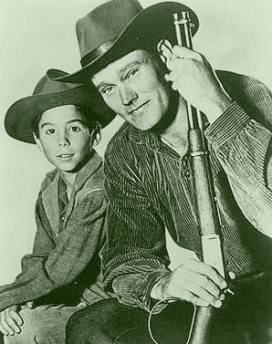Thank Caesar and Pope Gregory for the Feb. 29 leap day |
 |
Most people know leap years — those years when an extra day gets tacked onto the end of February — happen every four years. But which four years? How do we know when to start counting? And what’s this rumor about there not being a leap year on a century year?
A little digging has uncovered it’s a little complicated, but when dealing with concepts such as time and the universe, that’s to be expected.
A year is a leap year if it is divisible by four (that’s easy). But, if the year is also divisible by 100, then it is not a leap year (there’s that century rumor), unless it is also divisible by 400. Ahh. So that’s why eight years ago the year 2000 was a leap year. In fact, it was the first century leap year since 1600.
Who makes this stuff up?
Caesar and the Pope
 |
Someone had to do something in order to keep the seasons from drifting into different months. The exact length of a year — that is, how long it actually takes the earth to revolve around the sun — is 365.24219 days. That means if the calendar year were just 365 days, the seasons, which are determined by the position of the earth as it orbits the sun, would shift a quarter of a day every year. Not such a big deal, until 100 years go by and autumn is beginning in mid-August, 25 days earlier than it used to.
So, in 45 BC, Caesar decided to add a day at the end of February (back then, it was the last day of the year) every four years.
This was an improvement, because now the average calendar year was 365.25 days, which was closer to the actual year, but it still didn’t fix the problem. At 365.25 days, now the calendar year was too long, and the seasons would eventually drift the other way, falling one day later every 128 years.
In 1582, Pope Gregory was apparently bothered enough by the shifting seasons that he decided to do something about it. In one fell swoop, he changed the end of the calendar year to Dec. 31, he left 10 days out of October, and he added the “no leap year on a year divisible by 100 unless it’s also divisible by 400” part of the rule.
Now the seasons were back in phase with the calendar, and the average calendar year was 365.2425 days, much closer to a true year.
The Gregorian calendar, with all of its leaping intricacies, is what we still use today in order to keep the seasons where they are supposed to be.
With leap year working so well, it’s likely to be around far into the foreseeable future. But it’s not perfect. Even with the complicated leap year rules, there will still be a drift in the calendar year of one day every 3,300 years.
Think we can live with that?







No comments:
Post a Comment